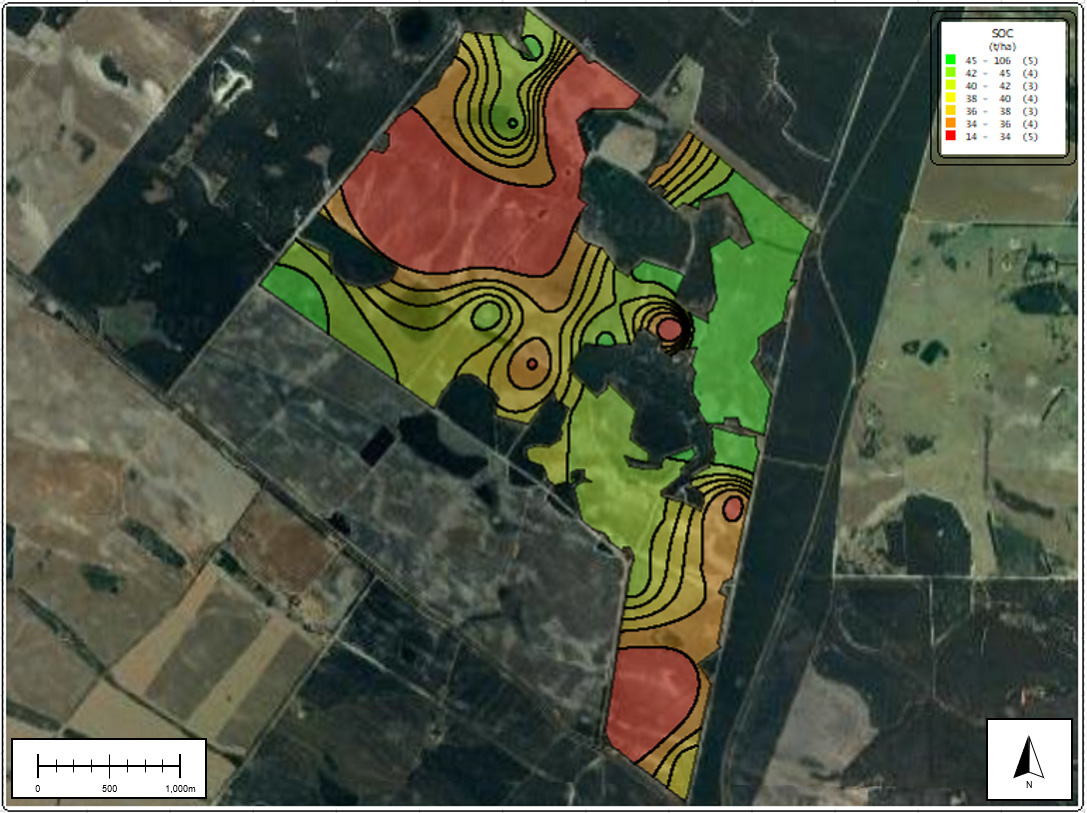Australian Agribusiness Group Investment Management
Net-zero Emissions Farms by 2025

What first got you thinking about climate solutions in agriculture?
The main motivations behind our CNP (Carbon Neutral Project) are increasing efficiency and increasing resilience – i.e. more consistent returns in an increasingly volatile climate.
Why is carbon neutrality important to your farm/industry?
A farm that is carbon neutral or produces fewer emissions per unit of product is more efficient than those farms that have higher emissions. Additionally, consumers are becoming increasingly aware of the environmental impact of the products they purchase. In the future, it is highly likely that carbon neutrality will be a market access requirement, or at least those products that can be sold as carbon neutral will attract a price premium.
What steps towards carbon neutrality have you taken so far, and how is it going?
So far, AAGIM has used the Primary Industries Climate Challenges Centre model to estimate total emissions across the portfolio for the 2018 calendar year. Sequestration estimates were made using a look-up table from the FullCAM model, embedded inside the DGas model. The numbers were added together to establish net emissions. This is not an ideal way to measure net emissions, however it seemed to be the best option with the tools available at the time.
During 2020, AAGIM has commenced several revegetation projects in non-arable and underproductive areas on farms, along with planting a number of shelterbelts for livestock protection. These projects will continue over the coming years.
Measurement of soil carbon stocks has commenced, with the goal of having a baseline for all farms complete by the end of 2020. Discussions and meetings have been held with farm staff and head office about building soil carbon stocks, increasing nitrogen fertiliser and energy use efficiency, and ways in which methane emissions can be reduced over the coming years.
What have been some of the challenges or lessons?
So far, one of the greatest challenges is measuring the impact any management practice changes may have on emissions. Currently, there is no carbon calculator that can be used for all agricultural enterprises, that accounts for both emissions and sequestration, and adjusts emissions based on changes in management.
Any inspiring/encouraging messages for others?
Start the conversation with anyone and everyone about AgZero2030. Share information, ideas and strategies and this goal can be achieved sooner. Make a start, because every great journey starts with the first step!
Story submitted by Alice Debney, Manager, Carbon Neutral Project, AAG Investment Management Pty Ltd
What’s your story?
Do you have or know a good story related to net-zero work and plans in WA’s food and fibre supply chain?
Please let AgZero2030 know at info@AgZero2030.org.au, or @AgZero2030 on Twitter and Instagram.
